(The quote is not from there, but it's a good page.)
photo by Sandra Dodd
__




P.S.: That probably only works only if you begin very early.
__
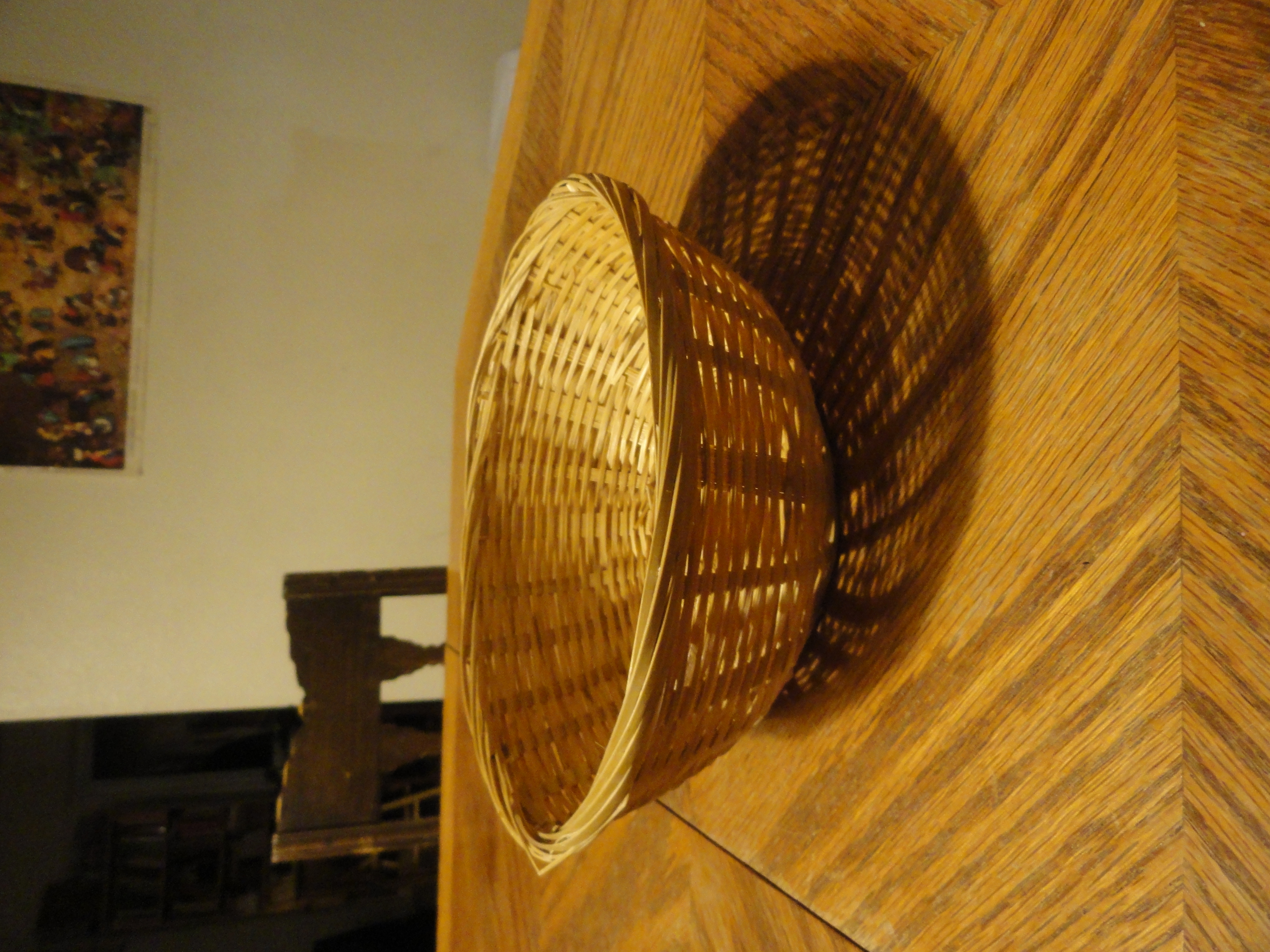
That's one kind of learning.
Sometimes people start unschooling and they're doing more chattering than looking, and more asserting than questioning (not chattery questioning, but soul questioning). It's not as good a beginning, and at some point they do start really observing their children, and really thinking about the why and what of learning.

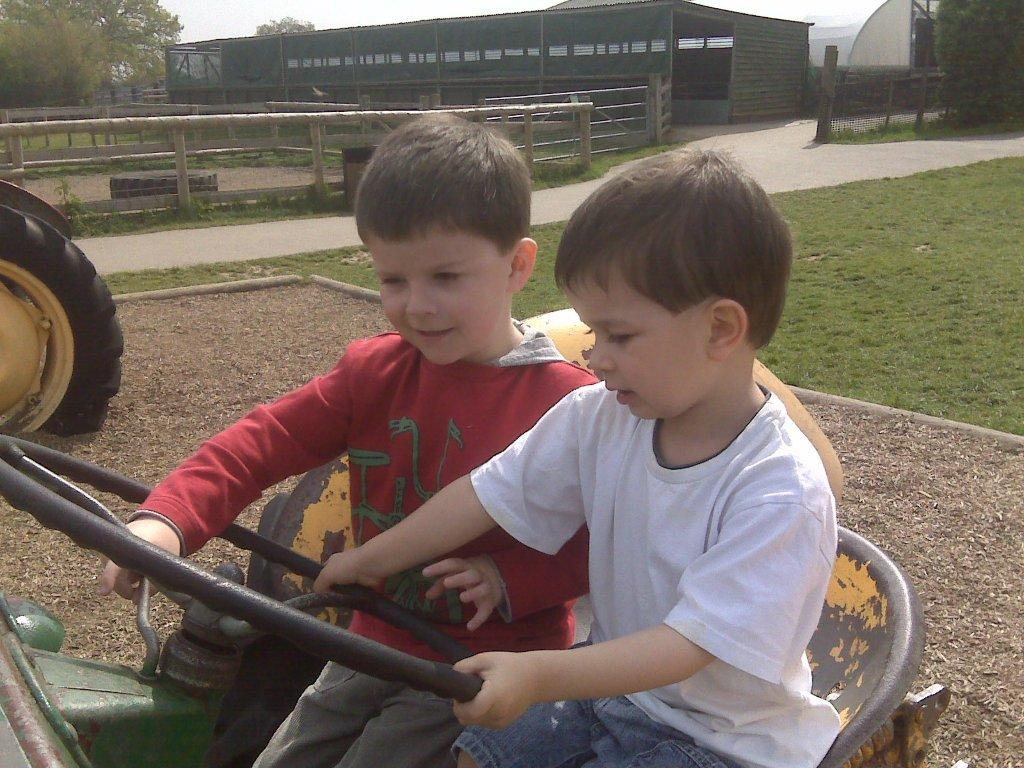


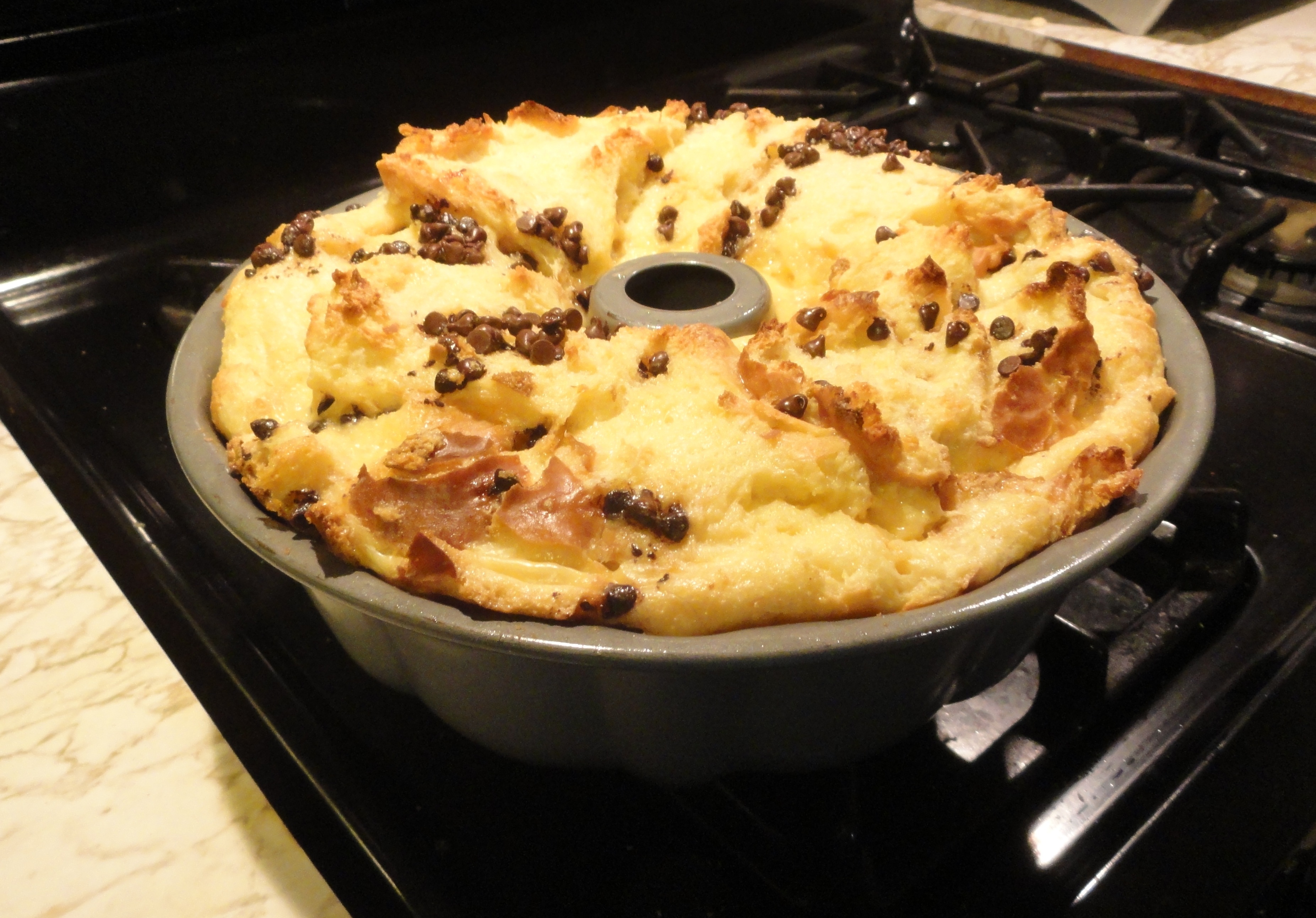


It's like "just say no."
 |
Most of unschooling has to happen inside the parents. They need to spend some time sorting out what is real from what is construct, and what occurs in nature from what only occurs in school (and then in the minds of those who were told school was real life, school was a kid's fulltime job, school was more important than anything, school would keep them from being ignorant, school would make them happy and rich and right).
It's what happens after all that school stuff is banished from your life.

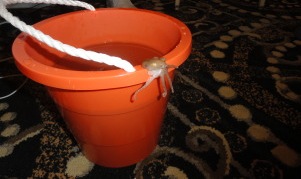 | "Unschoolers live the paradigm of lifelong learning. Instead of envisioning childhood for learning and adulthood for living, they see living and learning as inextricably and beautifully linked." —Pam Laricchia |

"I'm working so hard on my parenting!!" doesn't mean a whole lot if you're putting your work in the wrong areas. And honestly, I find that all the "effort" I put into my parenting is fun, and makes me happy. It is so good to know that our home is a place my child wants to be, and that I can do things to help him be happy.

Most days I stop long before the switch goes. The thoughtful process was recognizing the grumpiness earlier in the day. Feeling a shortness that isn't normally there and doing things to respond to that like going for a quick breath outside or having a chocolate milk or a chai latte or something else that just ups my energy budget a bit. Taking five minutes to close my eyes and be still helps, too. Whatever works for you to buffer yourself is good. Come up with lots of little things. With an almost-four-year-old, little things and little moments are what you are most likely going to get.
Learning that's pulled in will look like play. It will look like kids engaged with what interests them. That might be a video game or helping rake the yard or TV shows or getting a job to earn money or taking classes in college.
The unnerving thing is that it looks like very little is going in! But the important-to-learning part happens inside: kids pull in information to use it for reasons that matter to them. They use it to solve problems. They use it to create and test theories of how the world works. What you use, sticks with you.
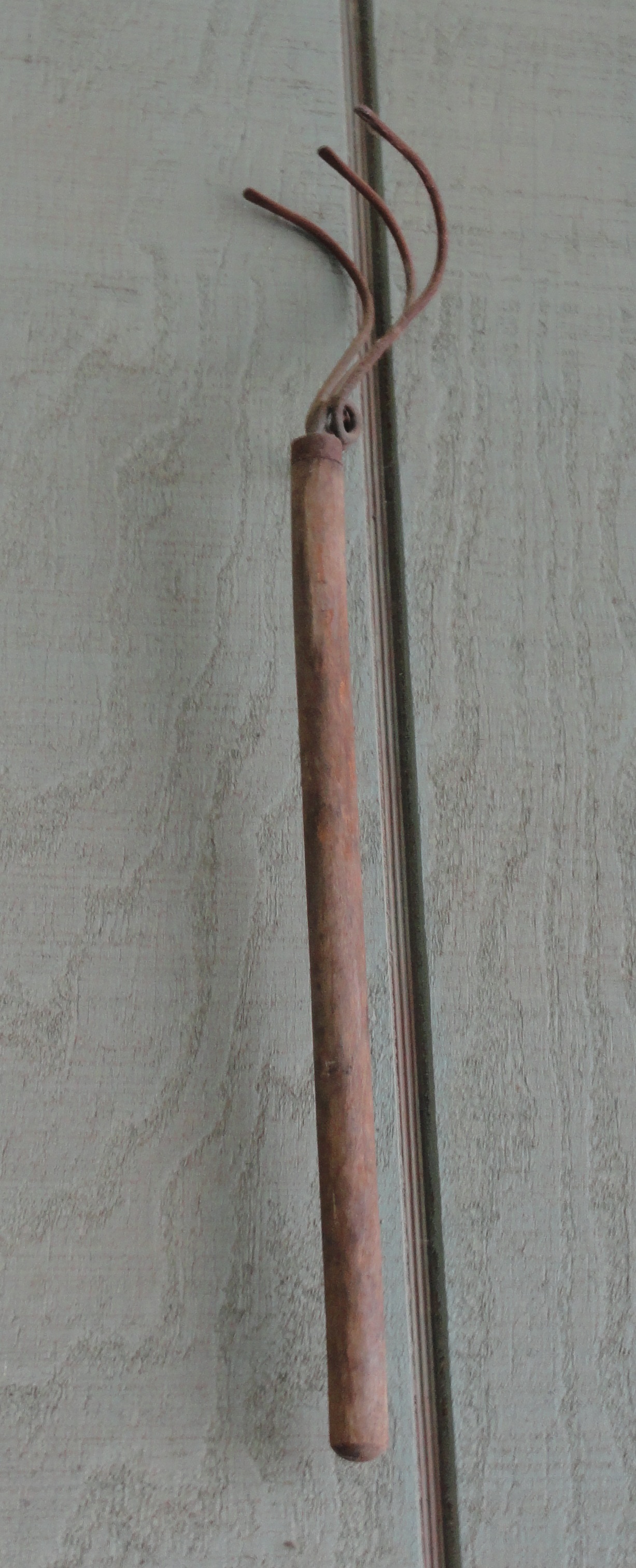

"It's never too late to be kinder, gentler, and more respectful. It's never too late to be a better mom. But sooner is ALWAYS better."—Kelly Lovejoy

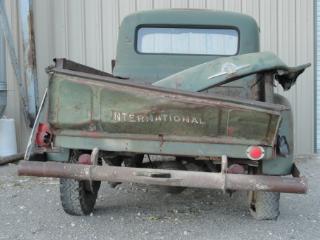 |
Life is lumpy; let it be.
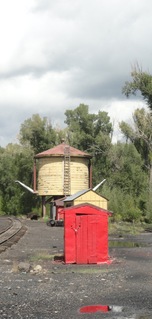
I had always wanted to learn to live in the moment, but it seemed a great mystery. Having my daughter and becoming an unschooler, I finally get it! . . . We are living together, happily, every day. What a nice way to be.

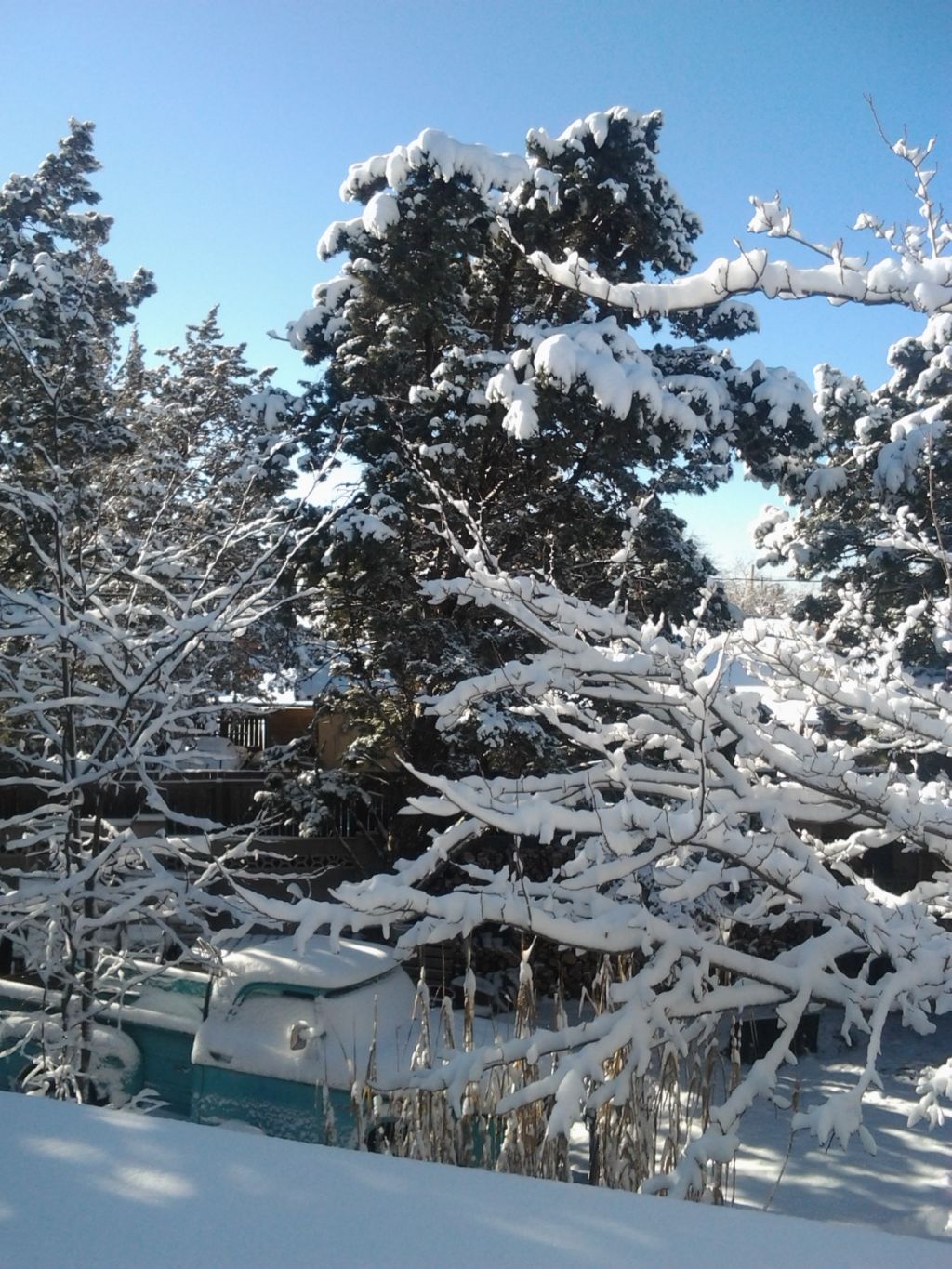

The reason I used the method of speaking to each child separately, and ME going back and forth, rather than summoning them to where I was is that I was trying to comfort them and help them be safe and to be better people—people they would be glad to be. They don't like it when they're all frustrated. If I could tweak sibling behavior and comfort the aggrieved child, and then go to the other one with comfort and ideas, each was better prepared, in private, without a witness knowing what he was "supposed to do" the next time. That was important to me, to give them some privacy and some dignity, and some time to think without other people looking at them or praising my suggestion, or criticizing them further.
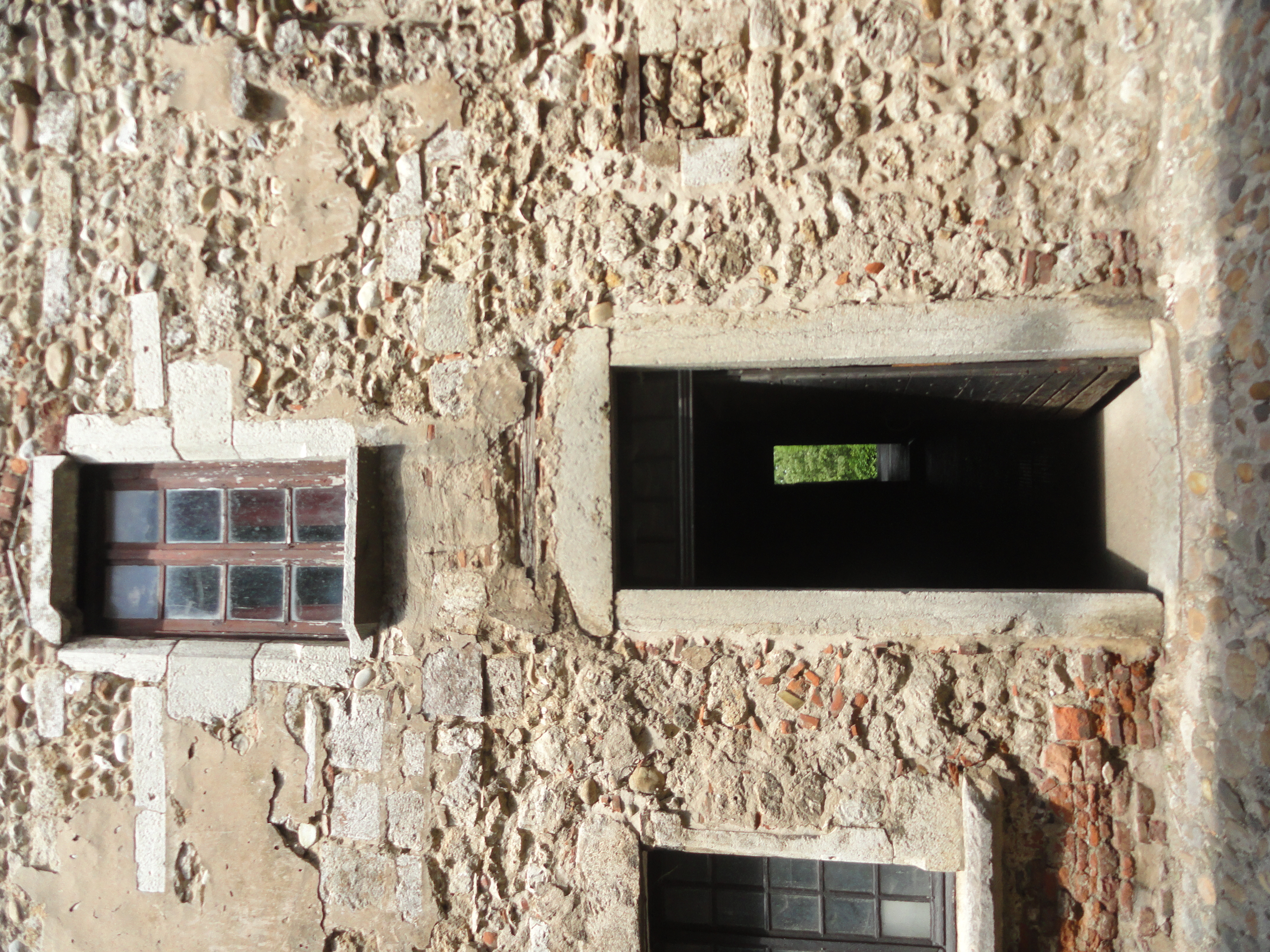
Learning is defined not just as sucking in information about something the child is interested in. Learning is also figuring out the big picture and how things connect. Figuring out how stuff works, figuring out how people work, making connections, seeing patterns. This is a mechanical, biological process. It's how humans—all learning animals really—naturally learn, how kids are born learning.
Natural learning is like a doorway. We can't change the doorway but we can change the outside world so kids can more easily reach what intrigues them.
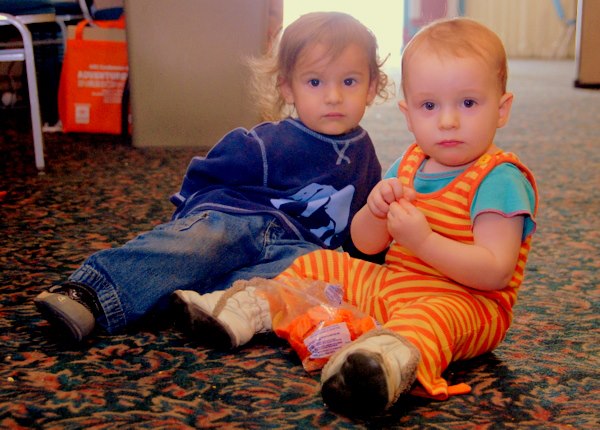

| For unschooling to work, parents need to stop looking into the future and live more in the moment with their real child. BEING with a child is being where the child is, emotionally and spiritually and physically and musically and artistically. Seeing where the child *is* rather than seeing a thousand or even a dozen places she is not. |  |
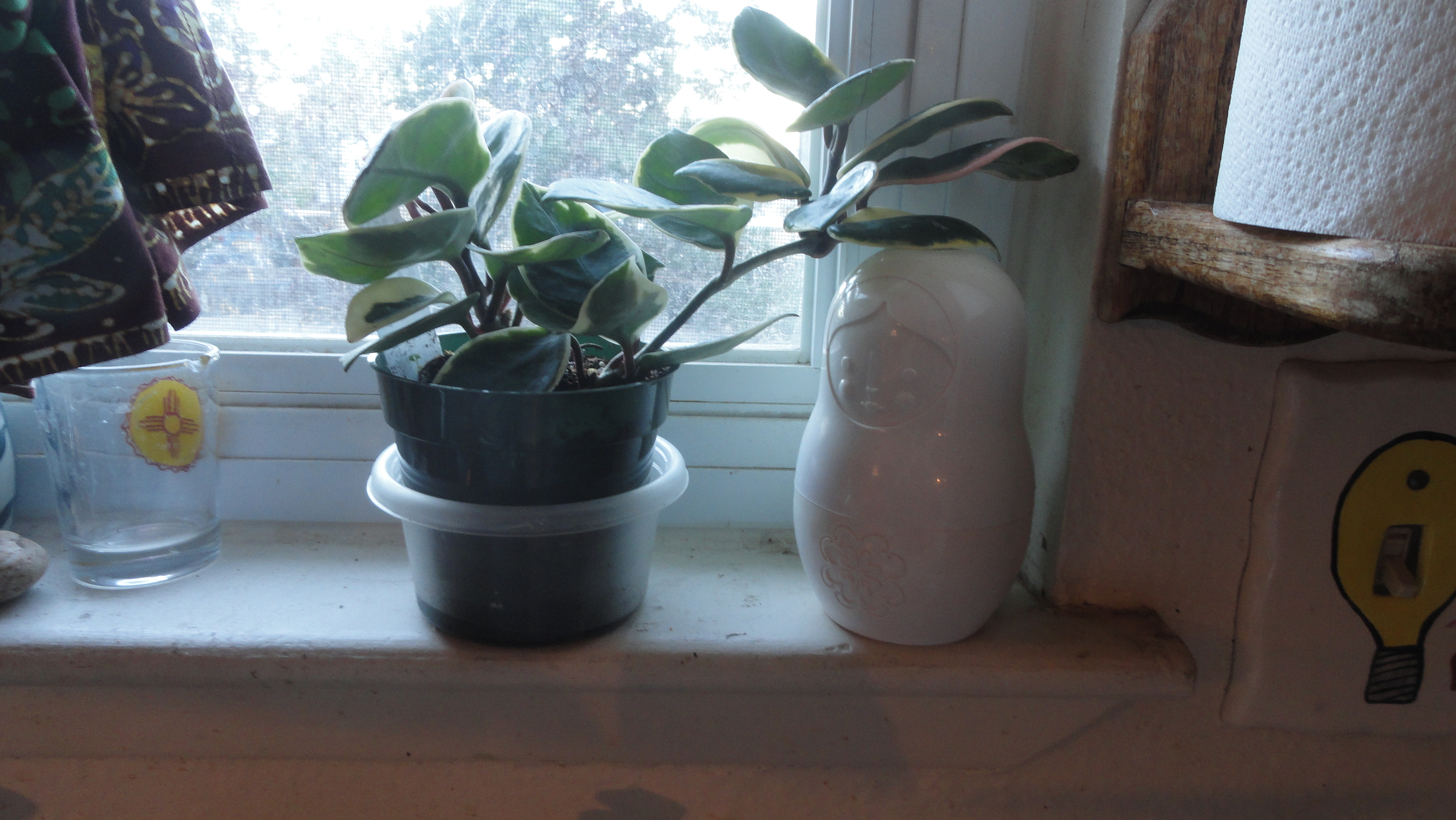
When I was younger and I would change, I thought something was wrong with me. I was under the mistaken impression that personality and mood should be constants. Life is better when I think of those fluctuations as tides, or as the weather of the soul.
| Form and function can be portals to countless connections. Form and function are the who, what, where, when, why and how of the design world. Those will lead to all other topics, and all the information is connected. |  |

There are very few times when our lives don't seem in harmony these days...it's the best bonus I could have every imagined.
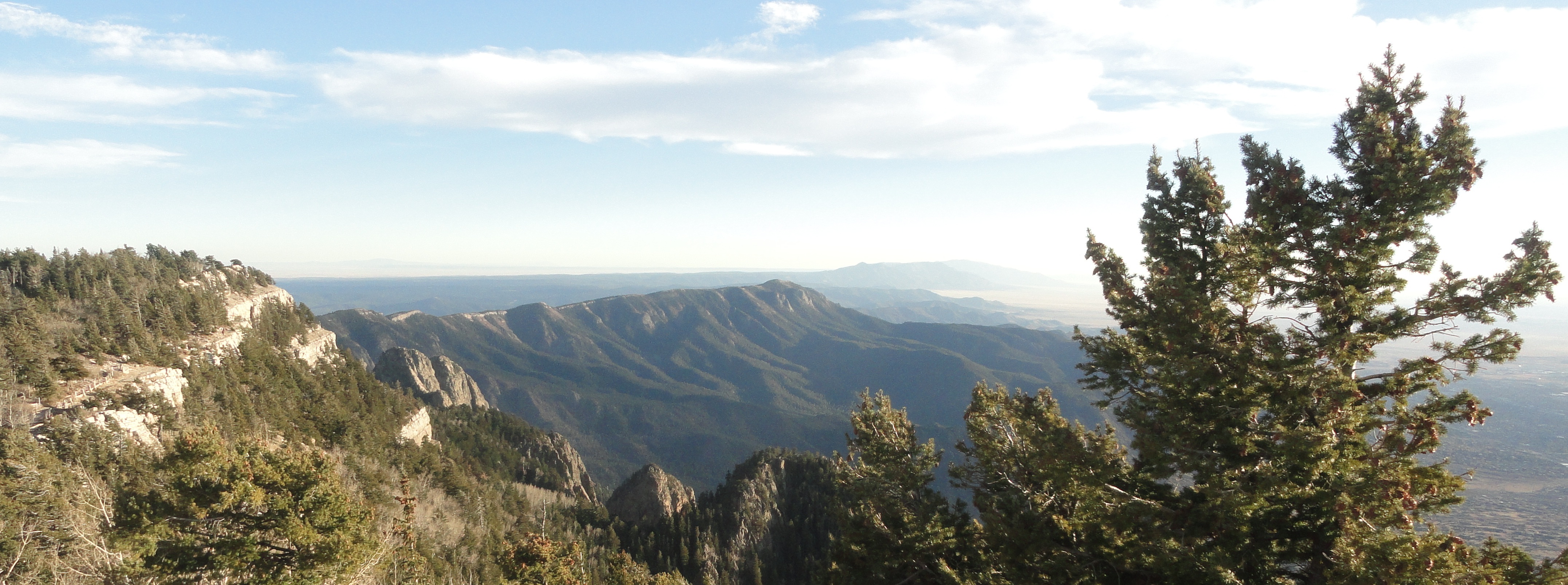
not a quote from, but goes with SandraDodd.com/joy
photo by Sandra Dodd
 | |
| Because a test score is never ignored, tests affect the relationship between parent and child, and many unschoolers want to preserve their child’s journey to adulthood unmeasured, uncompared, and whole. It might seem crazy from the outside, but the disadvantage of testing is real. |

If a child is bored and agitated, she's not learning. If she's happy and smiling and humming and engaged with what she's thinking, seeing, hearing, tasting, touching or smelling, then she's learning.
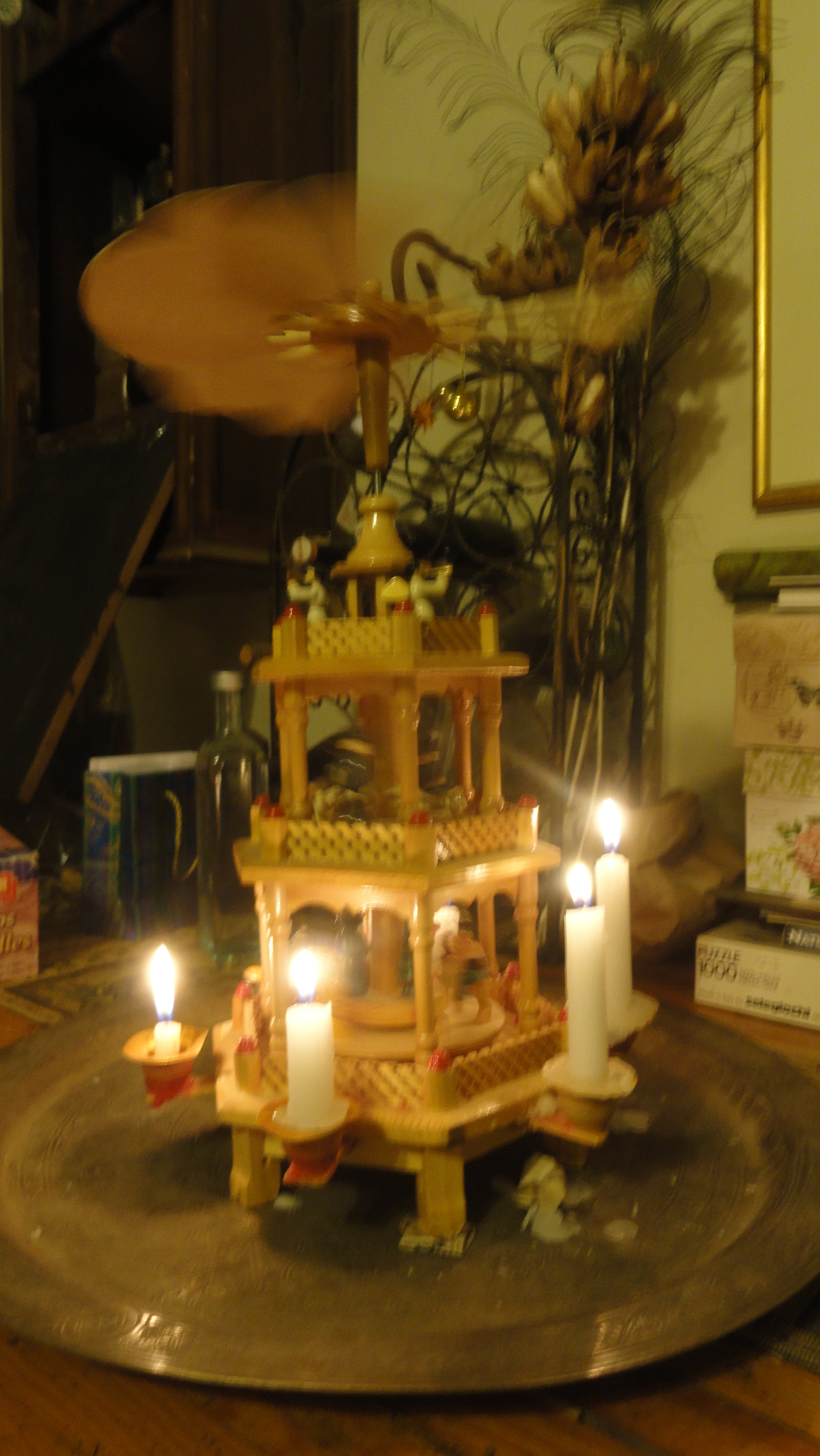

It's really okay to "cherry pick" in regard to the stories you let into your day. There's enough horror somewhere on the planet at any moment to make us all suicidal, so make it a habit NOT to collect or dwell on those stories. You have a responsibility to create as safe and peaceful a nest as you can for your own family.
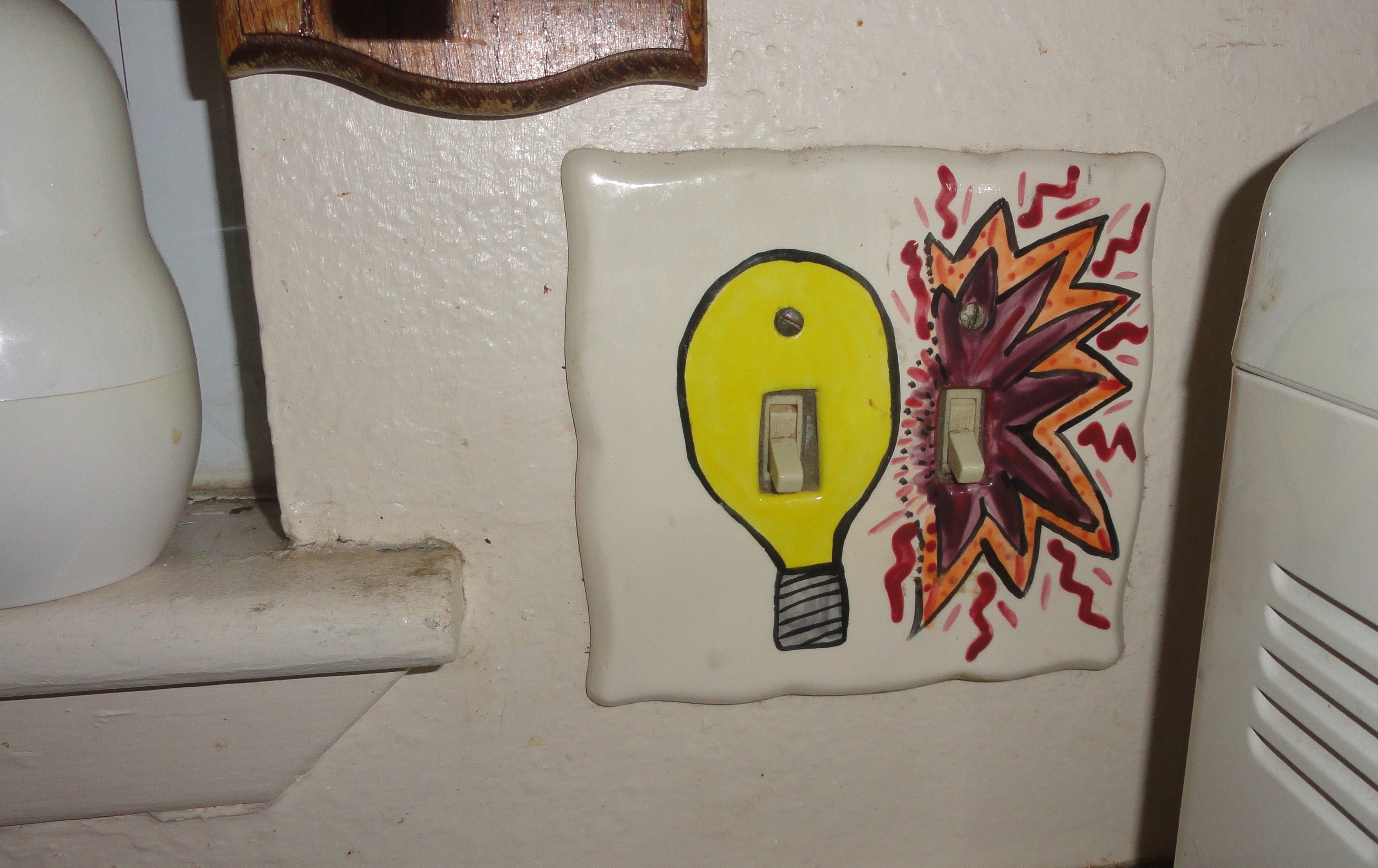
Thank you, Heather Booth, for saving that and putting it where I could find it again.
art and photo by Sandra Dodd
(the switchplate near our kitchen sink)
